Beyond dance & music’s virality in South Africa
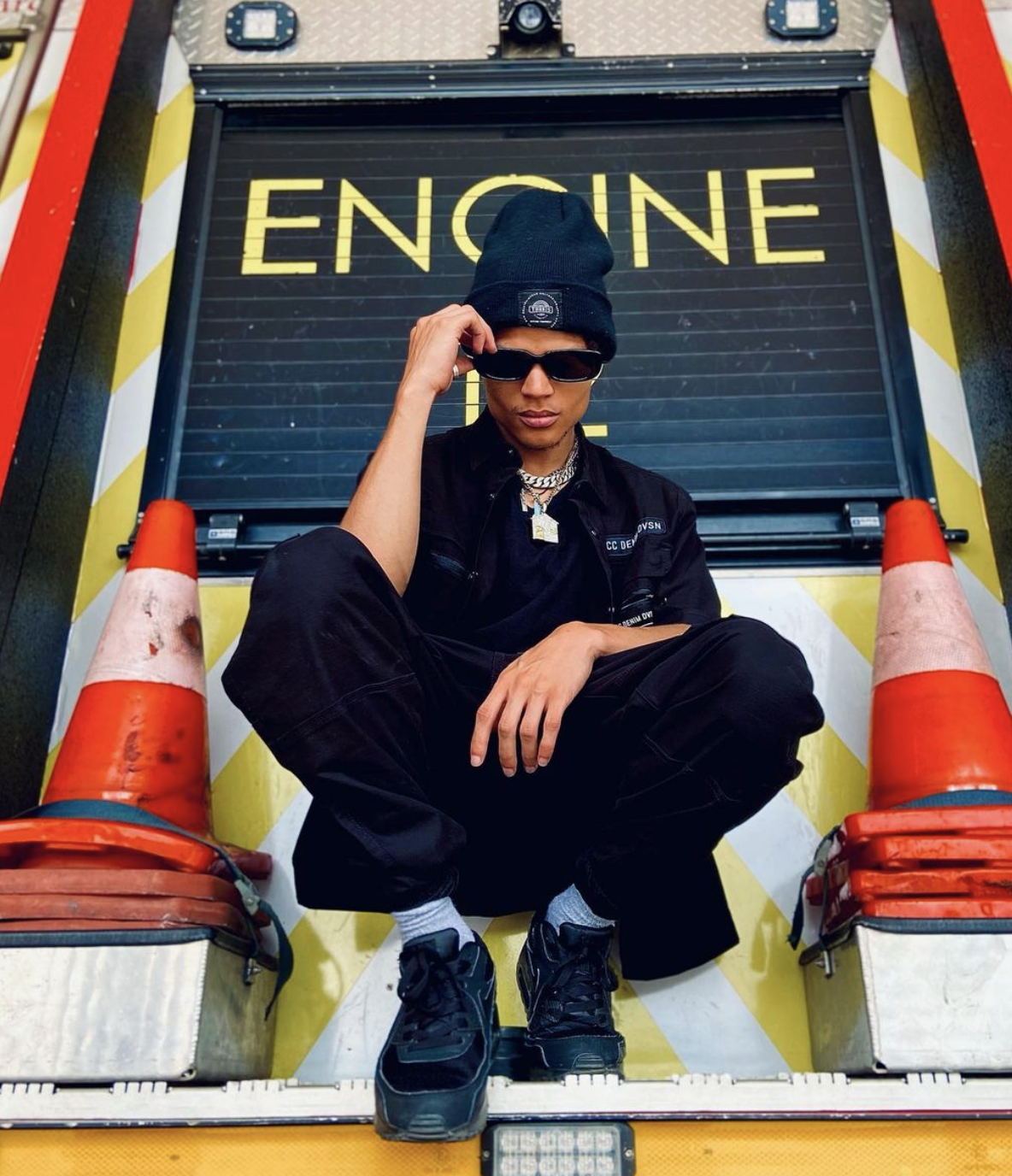
It goes without saying that South Africa’s dance and music scene holds a strong global position in contemporary party and dance culture. With Amapiano being blasted from club speakers in every part of the world to Umlando, Zotata, Ba Straata and many more TikTok dances trending on our screens, it’s very easy to forget that the world’s reverence of South African sound and movement is quite new.
The world can testify to the unique joy-releasing choreography of our favourite viral South African dances because of their precise synchronisation and infectious groove. Angelou Mokonenyane, lead dancer for rising amapiano artist Costa Titch spoke to GUAP this month about his commitment to training more South African dancers via his dance company Verstalie Blenders to the standard of excellence we all recognise. In this day and age, dance is still overlooked as an intensive profession which requires hours of dedication, precision, agility, memory and many more skills. It’s all fun and games witnessing and attempting to learn the latest dance trends that come from the South African dance scene. However, more coverage beyond the 7 TikTok seconds we see is vital for the world to rightfully validate the hard work and creativity dancers invest to create those perfect 7 seconds we all enjoy and admire.

GUAP also sat down with international dance sensation Mr NT from the dance trio Nice Things who have worked diligently to introduce a new style of dance called edited. The group stressed their commitment to developing and distributing new styles in the world of dance as part of their joyous mission to keep their position in the industry fresh and distinct. It is clear that dance is more than just a hobby or industry, but a delicate craft South African professionals hold dearly in their hearts and use to elevate their culture on world stages.

Dance and Music before Amapiano
Before Amapiano and its many viral TikTok dances came the global takeover of Gqom music. International rap sensation Nasty C informed us of Gqom’s global takeover two years ago. With the likes of DJ Que who is 1/2 of Distruction Boyz and also the forerunning DJ of the Gqom genre, recognisable dances such as Gwara Gwara rose to prominence as THE dance trend in this genre 6-8 years ago. TikTok accounts such as @gqomtotheworld have done well to preserve Gqom’s lifeline and relevance in this generation allowing for the genre to trend globally and successfully. The same can be said for DJ Que’s Bolieroom takeover (see video below).
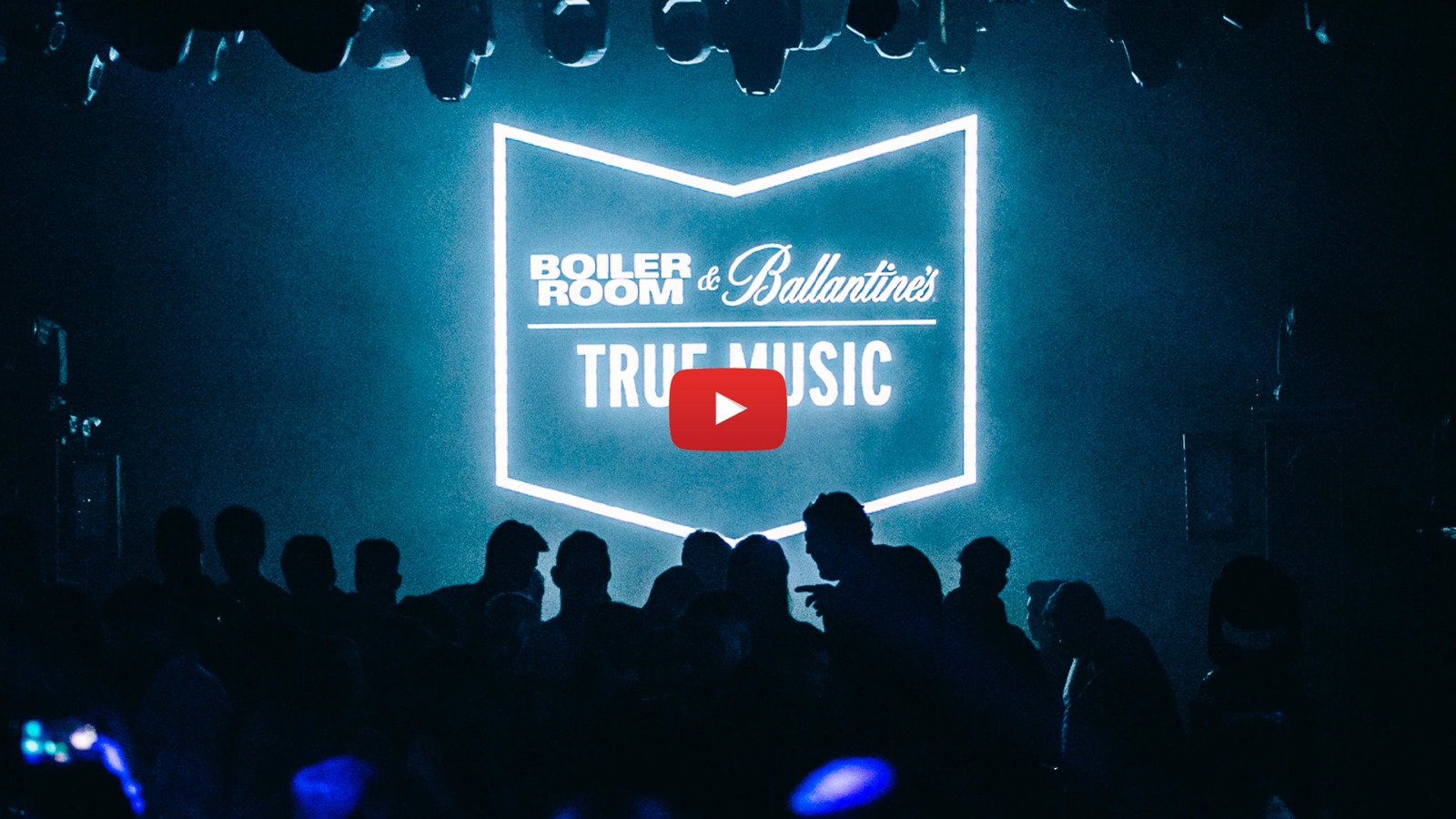
Prior to Gqom and Amapiano’s global takeovers, came the national post-apartheid sounds of Kwaito between 1990 and the early 2000s. Recognisable Gqom and Amapiano percussion beats and deep bass lines can be traced back to Kwaito’s vibrant melodies. Below you’ll find a curated Kwaito playlist conveying a key theme that is of the most importance to South African sounds and culture – freedom!
Black freedom, struggle and the intersections they form with music’s ability to heal, inspire and protect remain key to the history and functional use of music during the apartheid era. For example, the evolution of the gumboot style of dance that we see in contemporary musicals in South Africa came as a tool of communication in this oppressive era. 20th-century miners whilst at work were forbidden from speaking and thus used their gum (wellington) boots to dance out communicative sounds to their fellow labourers. Today the dance style is celebrated in musical theatres as a display of unity and empowerment which are staple pillars across South African communities.
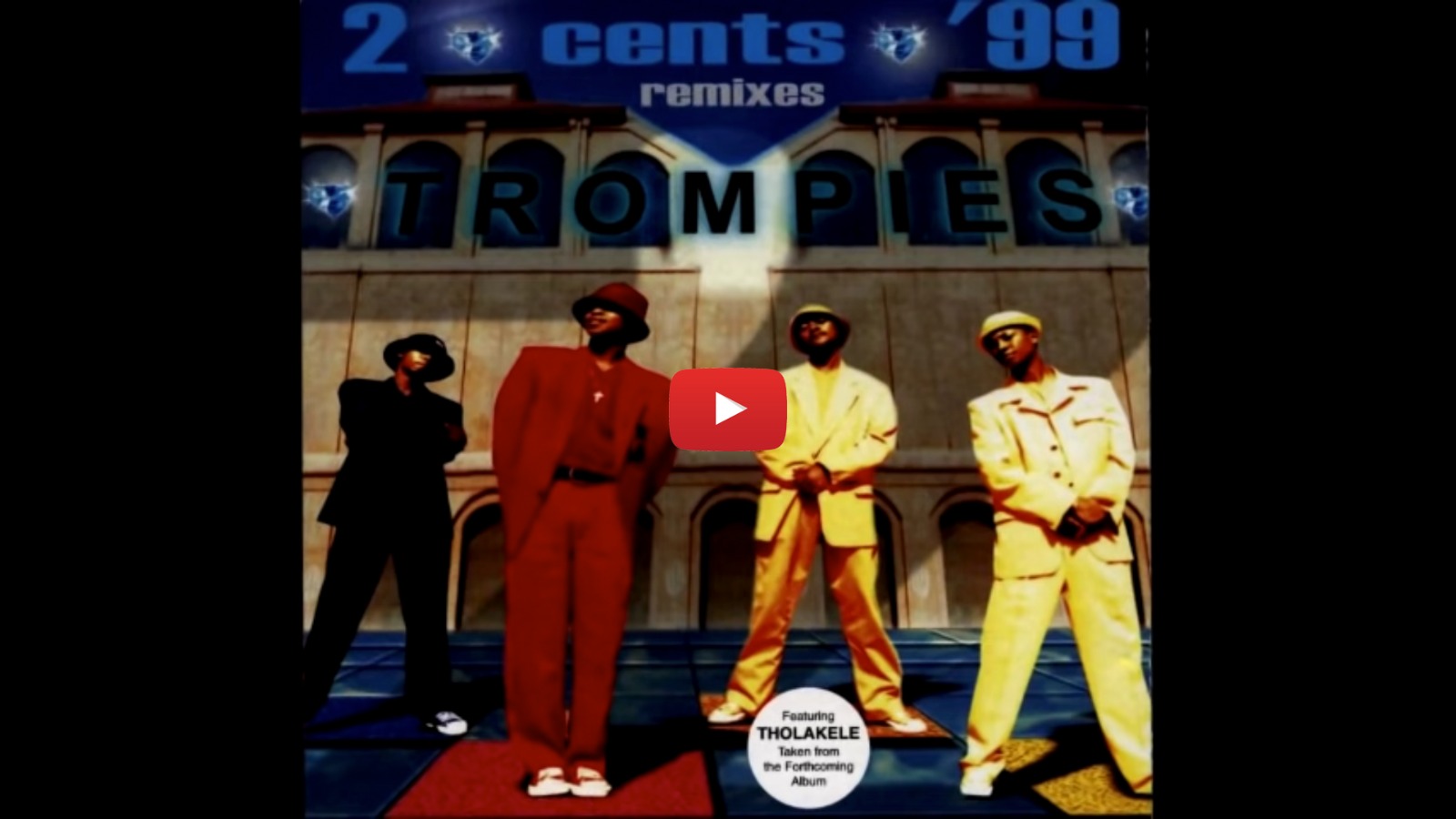
Similarly, Indlamu, the traditional Zulu dance has trended in recent years across our FYPs on TikTok. To the rest of the world, the dance is unusual in that it involves the lifting and extending of one’s leg above their head amidst harmonies and clapping from a seated crowd. However, to the eyes of the Zulu, this is a spiritual, liberating and emotional dance of joy that is presently revered by the country’s Gen-Z, millennial and boomer populations.
Overall we can conclude from music and movement’s trajectory in Black South African spaces that no beat or style is lost as new generations emerge. This is because South Africans are very connected and intentional in archiving their history in their present presentations of creativity and culture. Dance and music’s evolution is therefore quite unique in that traditional sounds and styles co-exist comfortably amongst the new schools of music and dance, and both are equally revered nationally.
Watch our interview with emerging musical artist Costa Titch here
Discover more from GUAP’s Arts & Culture section here




![ZINO VINCI’S ‘FILTHY & DISGUSTING’EP BRINGS YOU TO THE CORE OF THE ARTIST [@ZinoVinci]](https://guap.co/wp-content/uploads/2023/10/Zino-4.jpg)

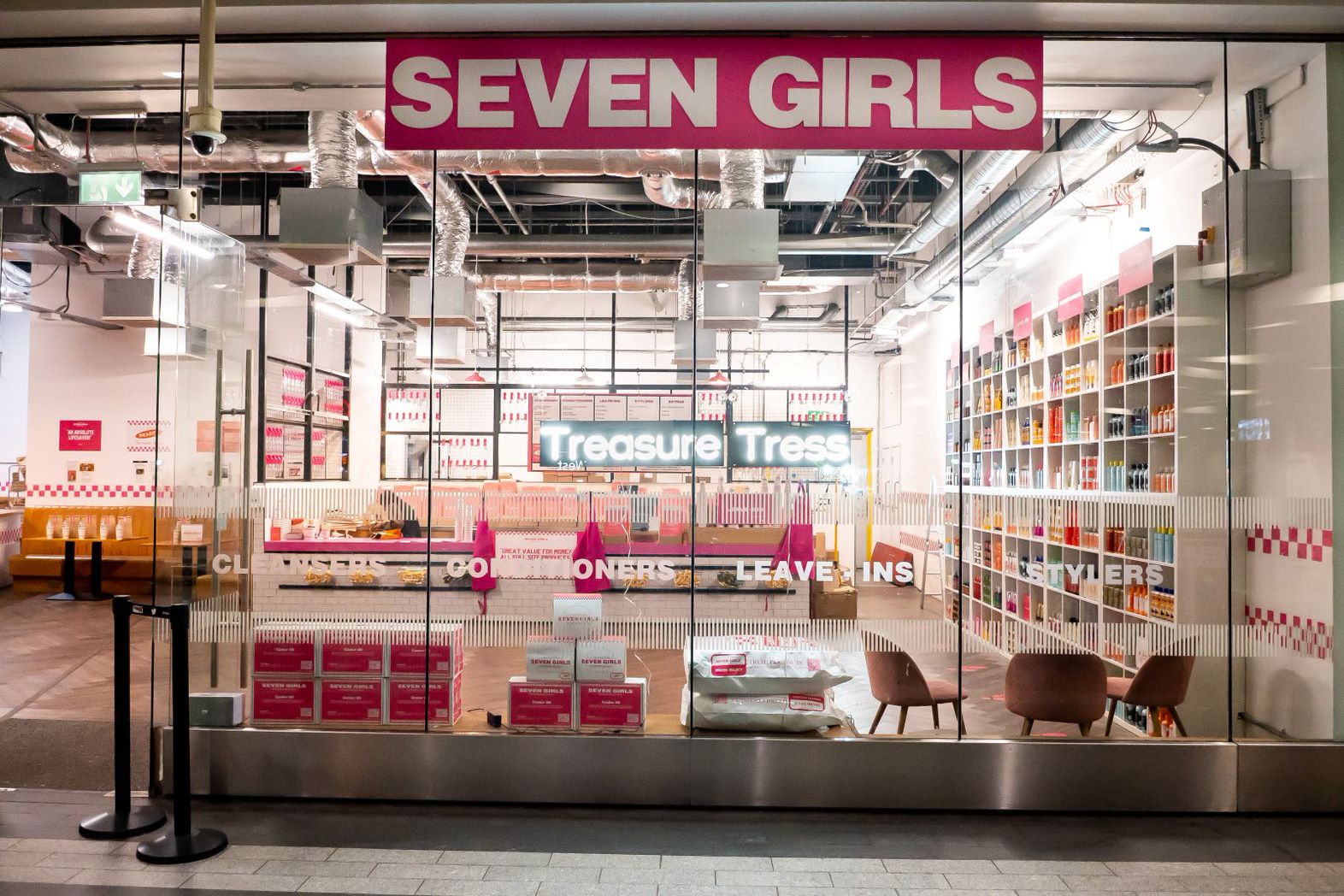
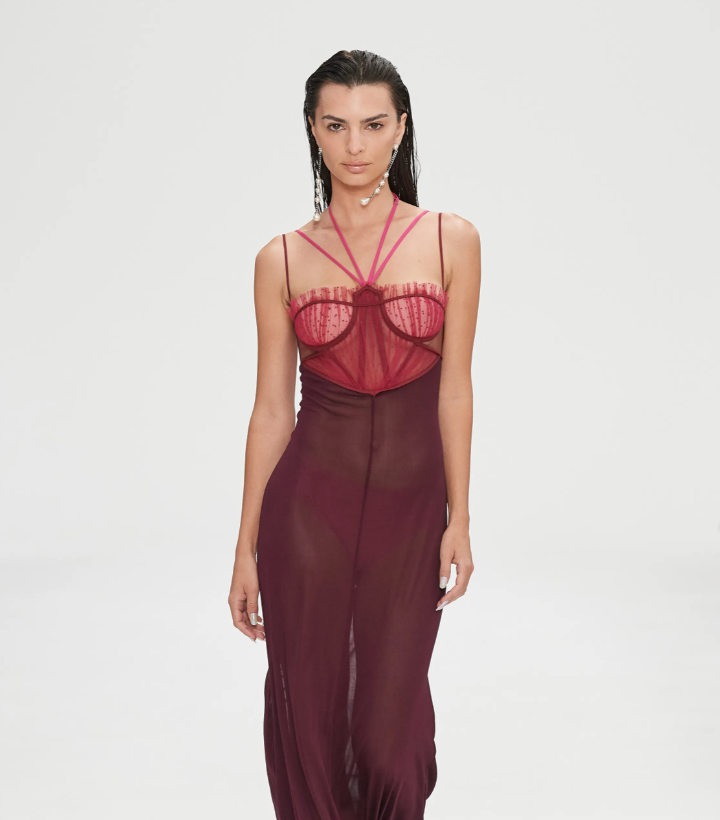


![Remel London’s [@Remel_London] “Mainstream” is a must attend for upcoming presenters!](https://guap.co/wp-content/uploads/2017/02/REMEL-LONDON-FLYER-FINAL-YELLOW-COMPLETE-1.png)